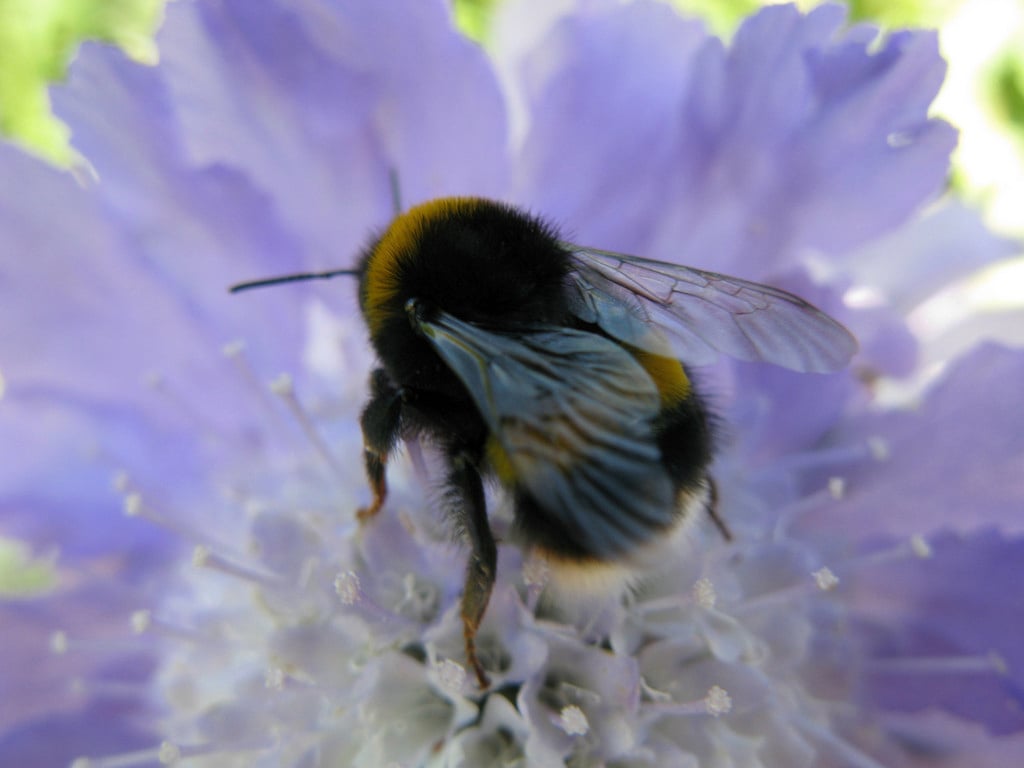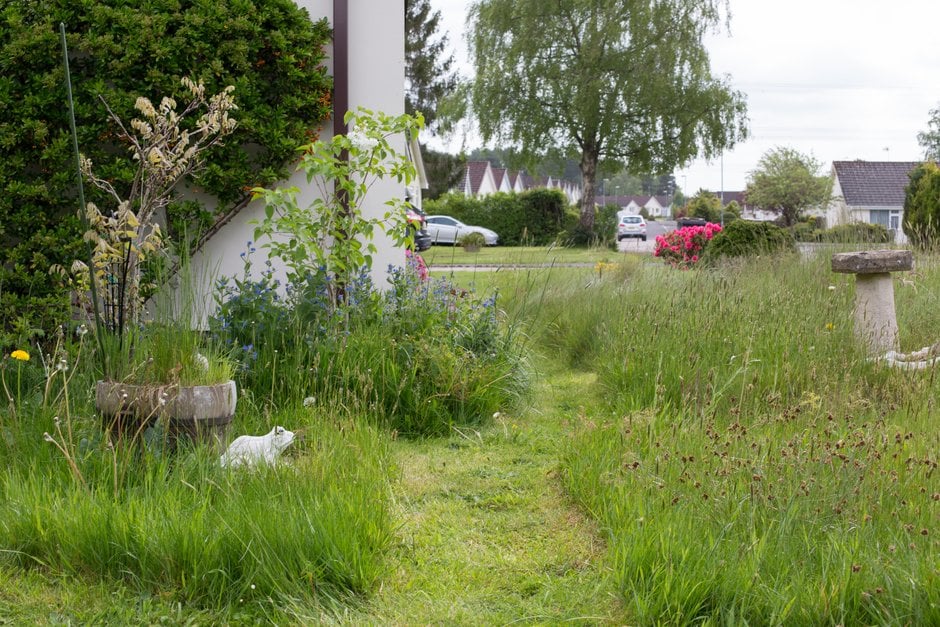Woodrush in lawns
Field woodrush can be a weed of lawns on acid soils. Most gardeners will only become aware that it is present in the lawn when the brown, tassle-like flowerheads appear in spring. These, together with the coarse leaves, can be unsightly in a weed-free lawn. Reducing soil acidity is the main way to keep field woodrush in check.
Quick facts
Latin name Luzula campestris
Areas affected Lawns
Timing Brown flowerheads seen in spring; treat in summer
What is field woodrush?
Field woodrush is a British native, commonly found in pastures, lawns, grassy banks and churchyards. It is one of the earliest flowering grass-like plants and although wind pollinated, the flowers are visited by hoverflies. In West Yorkshire the early flowering was said to indicate that it was time to put the cattle out to pasture and gave rise to the common name of Good Friday grass.
Where you are wanting to encourage a flower-rich lawn, field woodrush may be tolerated. Learn more about making the most of lawns as a wildlife habitat and ways to help our bees:

Bees in your garden

Lawn and mini-meadow habitats
Field wood rush can be a problem in lawns, particularly under the following conditions:
- It is common in acid conditions, especially where thatch (accumulated dead, fibrous material) has built up and increased acidity. Under such conditions grass growth is too weak to prevent this troublesome weed from establishing
- Field woodrush even grows in chalk and limestone areas where the upper layer of soil has become acidic, due to rainfall and acid-reaction fertilisers such as sulphate of ammonia
Appearance
Field woodrush (Luzula campestris) is a grass-like perennial. Its broad-bladed, dark green leaves, are fringed with long, silky hairs.
In March or April it produces dark brown flower and seed heads. These are particularly noticeable before mowing has begun.
It spreads via short, creeping stolons (above ground stems).
Control
The RHS believes that avoiding pests, diseases and weeds by good practice in cultivation methods, cultivar selection, garden hygiene and encouraging or introducing natural enemies, should be the first line of control. If chemical controls are used, they should be used only in a minimal and highly targeted manner.
Cultural control
The best way to eradicate field woodrush and prevent it coming back is to apply lime.
Apply ground chalk or ground limestone in late autumn or early winter, after mowing has ended, at 60g per sq m (2oz per sq yd). Do not use hydrated lime.
Many nitrogen fertilisers acidify the soil and are best avoided. Sulphate of ammonia is particularly acidifying. Most lawn feeds won't significantly affect pH, but where high nitrogen fertilisers are needed consider chicken manure pellets or nitro-chalk (also sold as Nitratechalk) which should be neutral in effect, rather than sulphate of ammonia.
Weedkiller control
The RHS does not support the use of weedkillers and recommends that alternative control methods are used. However, we do note that when gardeners struggle to control plants with cultural methods, regulated weedkillers/pesticides for home gardeners are available for use legally. Garden centres and large retailers selling weedkillers have trained staff who can advise on suitable products for your needs.
Get involved
The Royal Horticultural Society is the UK’s leading gardening charity. We aim to enrich everyone’s life through plants, and make the UK a greener and more beautiful place.